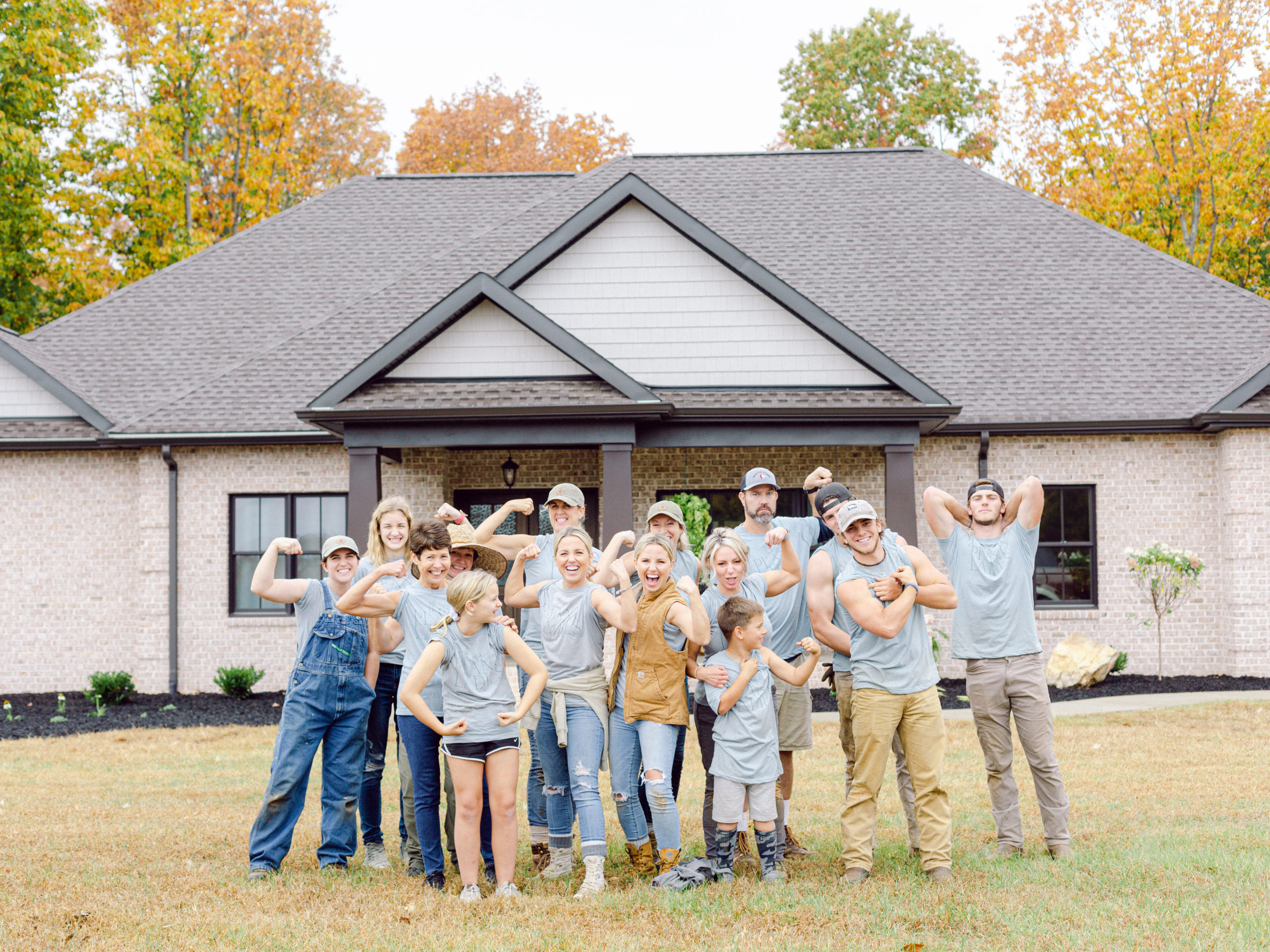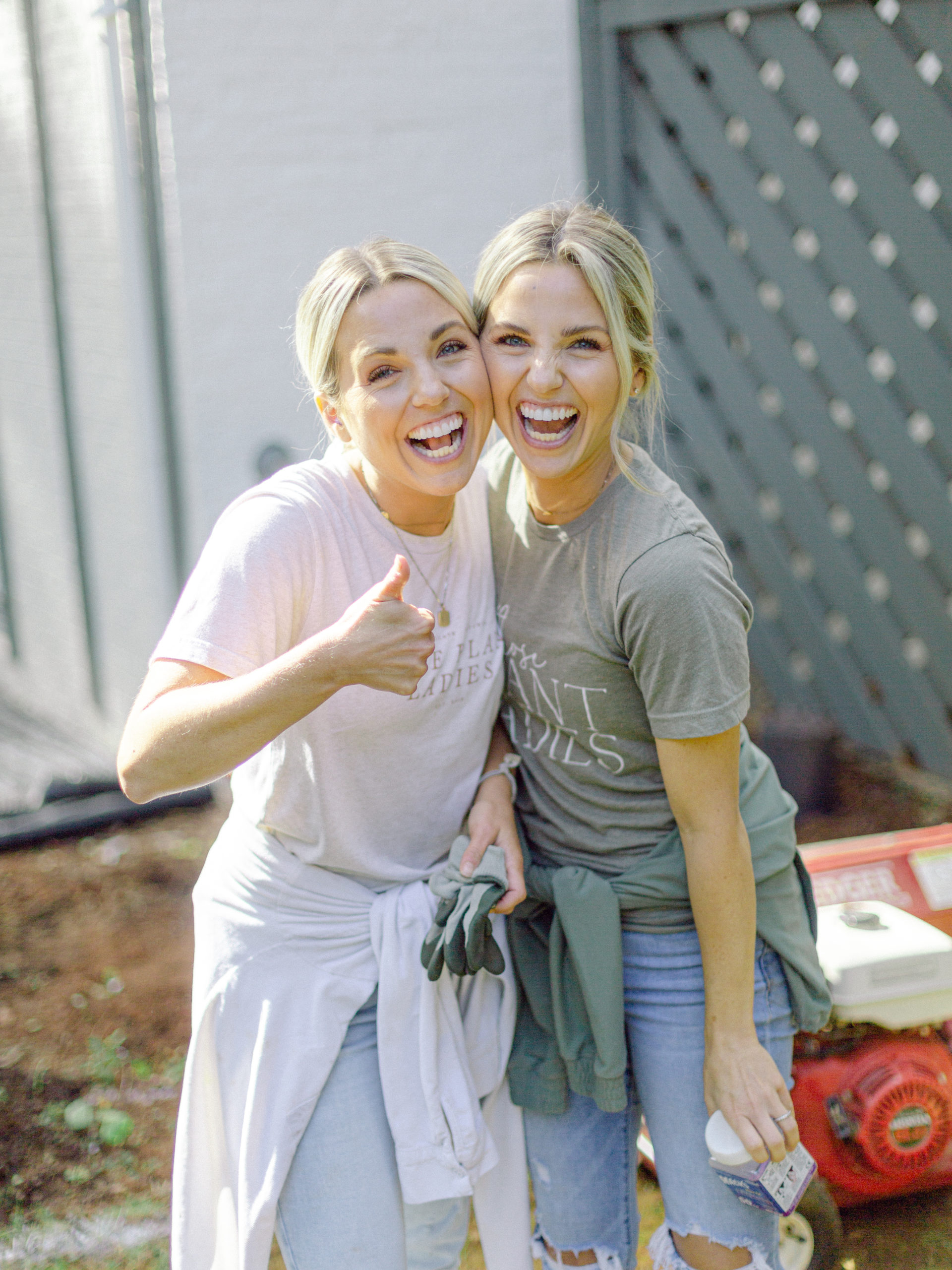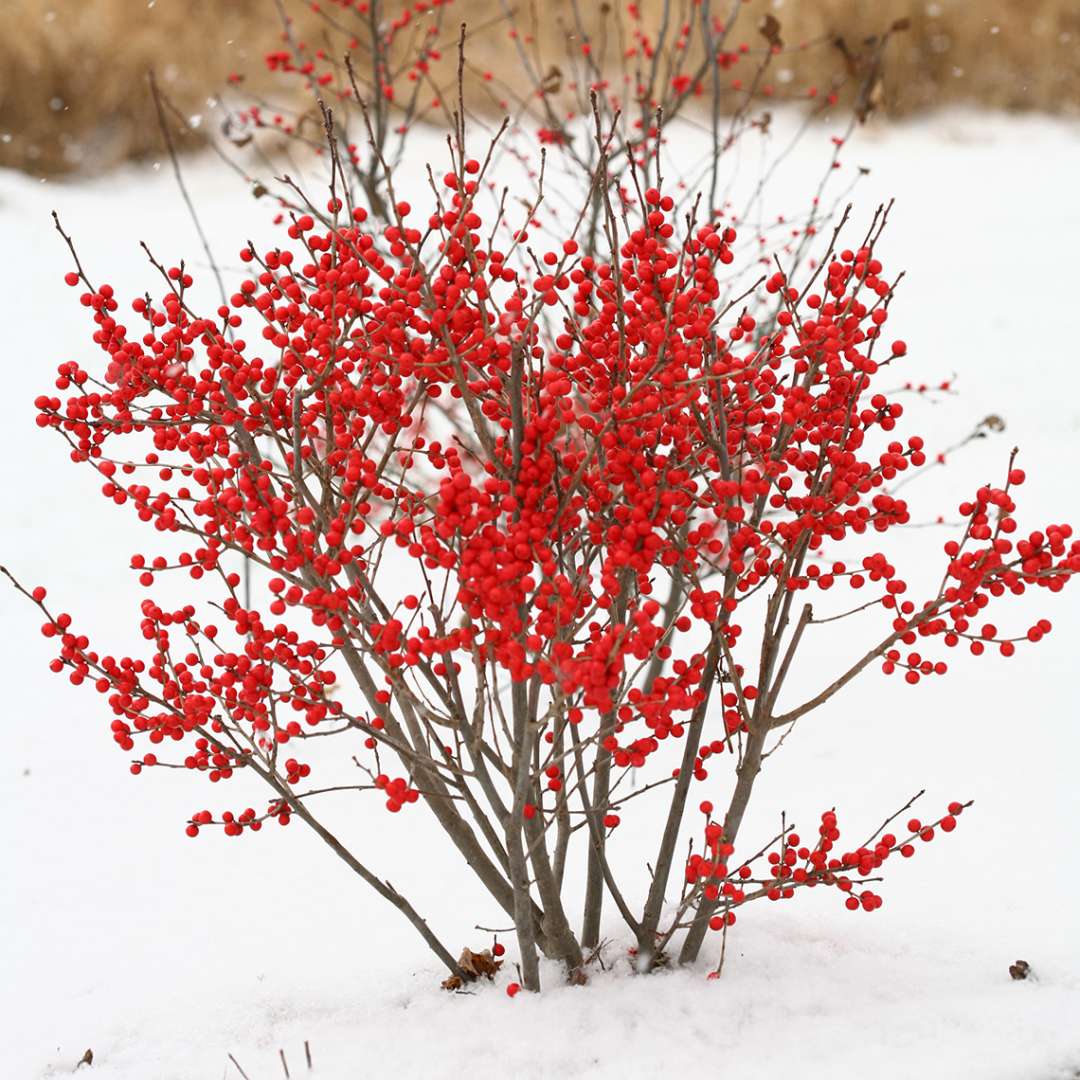There are a lot of gardening projects out there that require us to buy bagged soil to support our plants. If you’re building raised beds, planting in containers, starting seeds, or just need to bring new soil into your landscape beds, you might find yourself at your local hardware store or garden center standing in front of way too many types of bagged soil. What’s the difference between them all, what should you be looking for, and how do you choose which one is going to be best for your project? We’re here to give you all the info you need to feel confident making the right choice for every project you have!

To help reduce confusion, we are going to call all of these bagged soil-type products growing media. There are actually two main types of growing media – soil and soilless media. Most of these products don’t actually have soil in them at all but are a mixture of organic and synthetic ingredients that combine to make media that plants grow well in. Let’s start with the difference in soil and soilless media.
“True soil is composed of mineral particles called sand, silt, and clay from eroded bedrock and organic material like decaying leaves.”
Soil is composed of mineral particles called sand, silt, and clay from eroded bedrock and organic material like decaying leaves. Soil may have an extremely wide variety of characteristics depending on the types of mineral particles and organic material that are in it. Soil is produced through natural processes and can’t be synthetically manufactured. If a product has true soil in it, that soil will have been harvested from the outdoors to incorporate into the product. In general, products that contain soil will only be used when it will be added back into existing soil such as in-ground vegetable gardens or into landscaping beds. The most common product sold in this category is topsoil. Topsoil is great for enhancing the quality of existing soil or replacing soil that was lost due to erosion or construction. Do not use topsoil or other soil products in containers or for seed starting.

“Soilless media can be a mixture of many ingredients including sphagnum meat poss, coconut coir, pine bark, perlite, vermiculite, compost, manure, sand, and more.”
Soilless media can be a mixture of many ingredients including sphagnum peat moss, coconut coir, pine bark, perlite, vermiculite, compost, manure, sand, and more. Each of these ingredients brings different qualities to the product such as drainage, water holding capacity, and increased pore space. Different mixes may be ideal for different uses. For example, when starting seeds, a finer textured soil is preferable to increase the seed to soil contact and to ensure the soil will stay light for the seeds to emerge through. When planting in containers, it’s important to have the right mix of good drainage and water holding capacity. Houseplants and succulents need soils with high drainage rates while outdoor planters for colorful annuals should retain more water.
RELATED: 4 SIMPLE TIPS FOR LAYING MULCH
While the labels are generally designed to help you in picking a product, sometimes words or text might be added so you think you are getting something special when it’s really the same as other products. Here are some details about the ingredients you might find on the product packaging that can help you decide if paying for a premium product is worth the extra money:
1 Peat moss:
We don’t care for peat moss. If you can choose a product that has coconut coir or pine bark instead of peat moss, it would totally be worth any extra money that it would cost. Peat moss is a non-renewable resource that is harvested from the very few ecosystems on earth where it can develop. It takes a lot of time for peat moss to develop and, therefore, a lot of time for the ecosystem to recover when a significant amount of peat moss is removed. For consumers in the US, most of our peat moss must be imported from Canada which also increases transportation cost and waste by-products. Pine bark is the best alternative because it’s much more accessible to be produced locally and renews very quickly compared to peat moss.

2 Pine bark:
Pine bark is a great base for a soilless mix. It’s lightweight and holds water fairly well. Its chunky shape increases the drainage of the media as well. It breaks down some but does hold its structure very well for several seasons before needing to be replenished or replaced.

3 Coconut coir:
This material is made of the hairy strands on the outside of coconut shells. We like how this product utilizes what might otherwise be a waste by-product and puts it to good use. However, coconut coir can be a little bit harder to find and might be more expensive than pine bark. It’s also lightweight and holds water very well. The drainage from pine bark is maybe a bit better but they are both good choices.

4 Perlite:
If you’ve seen what looks like tiny pieces of white styrofoam in a potting mix, you’ve seen perlite. It’s actually a volcanic glass that, when superheated, puffs up like popcorn to create perlite. Super cool, right? Anyways, this material is extremely lightweight and serves to increase the pore space in the soil, increasing drainage and reducing the overall weight of the soil.

5 Vermiculite:
This is a silicate mineral material that is very lightweight and expands when wet. Vermiculite is like a sponge in your soil and can be useful when you need your growing media to stay a bit more moist. Most commonly, you will see this in seed starting mixes or sold as a single product to sprinkle on the top of your seeds in your seed starting tray. Because this product holds moisture well, it can help prevent your tiny seedlings from drying out too quickly.

6 Compost or Manure:
These ingredients add organic matter to the soilless mix which may provide a small amount of nutrients but, most importantly, greatly increases water retention. Choosing a product with compost or manure would be recommended for almost any scenario except maybe for containers with succulents or cacti.

7 Fertilizer:
You will often find synthetic or even organic fertilizers in soilless mixes. This fertilizer is usually an all-purpose mixture and is fine to provide for your plant. Supplemental fertilizer can always be added so don’t choose a product just because it contains fertilizer if there is a product that is better suited to your needs.


Our mission is always to inspire, educate, and empower you to take on the projects in your landscape that you are passionate about! We know that shopping for supplies such as growing media can be totally overwhelming. Hopefully this guide arms you with some helpful information to make your next project just a little less intimidating! If you have any further questions, you know where to find us!
PIN FOR LATER





